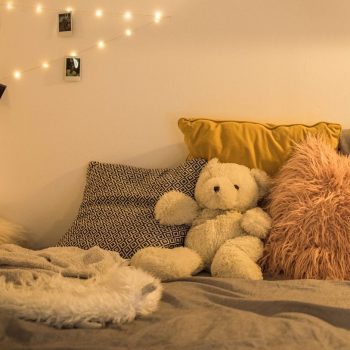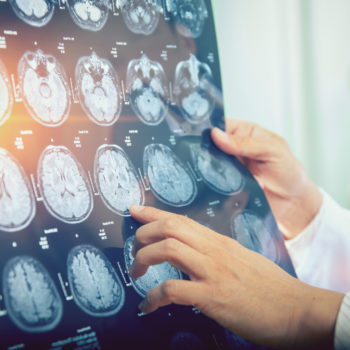Phones, televisions, and computers: The time spent outdoors is less and less. We spend our lives immersed in artificial light. Many experts argue that constant exposure can be harmful to our health but a new study suggests that artificial light can have many health benefits. We discuss this topic with Dr. Vincenzo Tullo, a neurologist at Humanitas.
A stop to melatonin
Constant exposure to artificial light seems to be harmful to our health because it inhibits the production of melatonin, the hormone that regulates sleep, triggering a perennial feeling of drowsiness. Another disadvantage would even be to increase the risk of obesity, diabetes, heart problems, hypertension and depression, and the greatest culprit would be the excessive blue light to which you expose yourself at night, that i.e. emitted by smartphones and other electronic devices. The artificial light that seems white to us actually contains a large amount of blue light inside that inhibits the production of melatonin. Unfortunately, this type of light is also found in common energy-saving bulbs that emit more blue light than the old-fashioned incandescent bulbs that have been eliminated since 2009 because of European regulations. Fortunately, modern electronic devices give the possibility to adjust the blue light through the night adjustment functions: the setting “night shift”, changes the color of the screen giving it a warmer shade, reddish-yellow at night, to make it apparently easier to sleep after using the device.
Light box and possible beneficial effects against depression
In 2012, researchers at Stony Brook University in the United States discovered that the rays emitted by compact fluorescent lamps (tubular and variously shaped energy-saving lamps) could damage the skin, just as the sun would. The American Medical Association also said that the impact of modern LED lamps could be five times greater than that of traditional streetlights. However, artificial light is not entirely harmful and can also provide health benefits. It all depends on how it is used, what it is used for and when it is used. The use of “light boxes” to treat seasonal affective disorder SAD is well known and research is increasingly showing that light therapy can help to treat people with depression all year round. In a study by the University of British Columbia, 122 depressed patients were exposed to 30 minutes of intense light immediately after waking up every day for eight weeks and the treatment improved their overall well being. Like antidepressant drugs, light can stimulate the production of important chemicals in the brain, such as serotonin and dopamine. Meanwhile, Dutch scientists have discovered that light therapy can also help reduce nighttime agitation in Alzheimer’s patients. The treatment seems to help reset the sleep-wake rhythms of the disturbed body, so that patients sleep less during the day and more at night. Finally, other studies have shown that light boxes can help reduce symptoms in Parkinson’s patients, including depression, sleep disturbances and, for some, tremor.
How to choose a good light bulb
The light temperature is measured in Kelvin (K) and is often indicated on the packaging. “Warmest” light, like intense orange light, has fewer kelvins. For example, a candle has about 1500K during daylight, which contains more blue shades, often has more than 5,000K. If you want to reproduce the warm, slightly yellow light of an old incandescent bulb, you need to choose an energy-saving bulb in the so-called “warm white” spectrum, which is around 2700K. In a kitchen or bathroom, however, we may need a brighter white, known as “natural white” (3000K).










